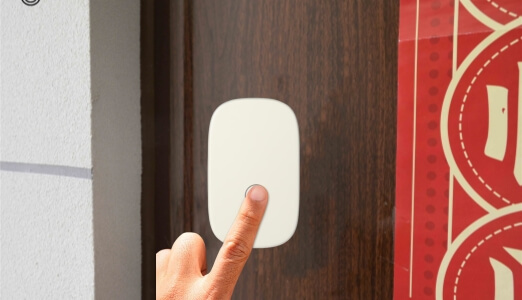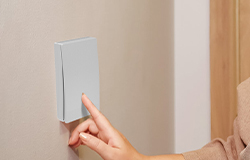As the demand for innovative and convenient technologies gradually increases, the emergence of wireless kinetic switches in the home and gardening sector offers a new possibility for managing and lighting the garden. This article will discuss the use of wireless kinetic switches in gardens, looking at the advantages, potential challenges, and future directions.

Advantages:
1. Environmental protection and energy saving: wireless kinetic energy switches avoid the use of traditional batteries or power cords by utilizing the mechanical energy of the human body to convert it into electrical energy, thus reducing dependence on fossil fuels and the waste of batteries. This is in line with modern society's pursuit of environmental protection and sustainable development.
2. Convenience: Since the wireless kinetic energy switch does not require an external power supply, it can be more conveniently installed in all corners of the garden without worrying about the problem of wire laying. This provides greater flexibility in the design and layout of the garden.
3. Long life: Wireless kinetic energy switches are not limited by battery life and have a relatively simple mechanical structure, so they have a long service life. This reliability is particularly important for equipment in outdoor environments and can reduce maintenance costs due to battery turnover or wiring failures.
Application Issues:
1. Mechanical structure design: The core of the wireless kinetic energy switch lies in the design of the mechanical structure, which needs to consider how to maintain its sensitivity and stability in an outdoor environment. For example, considering the possible harsh weather conditions in the garden, such as rain, wind, and snow, the mechanical structure needs to be designed to be waterproof, dustproof, and wind-resistant.
2. Energy conversion efficiency: The energy source of the wireless kinetic energy switch is the mechanical movement of the human body, so the efficiency of energy conversion needs to be optimized. The amplitude and frequency of the human body's movements should be taken into account to ensure that enough energy can be converted into electrical energy to supply the garden equipment.
3. Multi-functionality: To improve the user experience, wireless kinetic energy switches may need to have a certain degree of intelligence and multi-functionality, such as the ability to control garden lighting, irrigation systems, and so on. This involves the co-design of software and hardware to ensure that the switch can adapt to different application scenarios.
Future outlook:
1. Intelligent integration: with the development of smart home, the wireless kinetic switch is expected to be more deeply integrated with other smart devices in the future. By connecting with the smart garden system, users can easily control all kinds of devices in the whole garden through the kinetic energy switch to realize intelligent management.
2. Energy storage technology: With the advancement of energy storage technology, the future wireless kinetic energy switch may more efficiently convert mechanical energy into electrical energy and store it when needed. This will increase the stability and reliability of the switch.
3. User experience improvement: In response to user feedback in use, future R&D can focus more on user experience improvement, including the tactile sensation and sensitivity of the switch to make it more in line with the user's operating habits.
Overall, the application of wireless kinetic switches in gardens provides a unique solution for the management of outdoor equipment. Although there are some technical and design challenges at this stage, with the continuous development of technology, it is believed that wireless kinetic switches will usher in a wider range of applications and a higher level of development in the future. This will not only bring convenience to garden management but also inject new vitality into the smart home field.

 CN
CN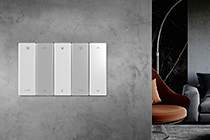
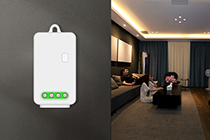

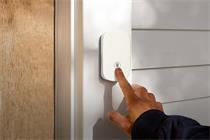





 Home
Home DFM
DFM  Jan 12,2024
Jan 12,2024 
 Technological innovation and development for kinetic energy switch manufacturers
Technological innovation and development for kinetic energy switch manufacturers 
 Jan 10,2024
Jan 10,2024 

